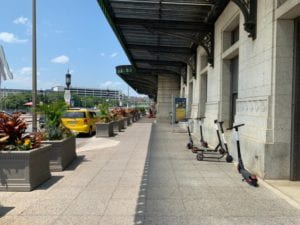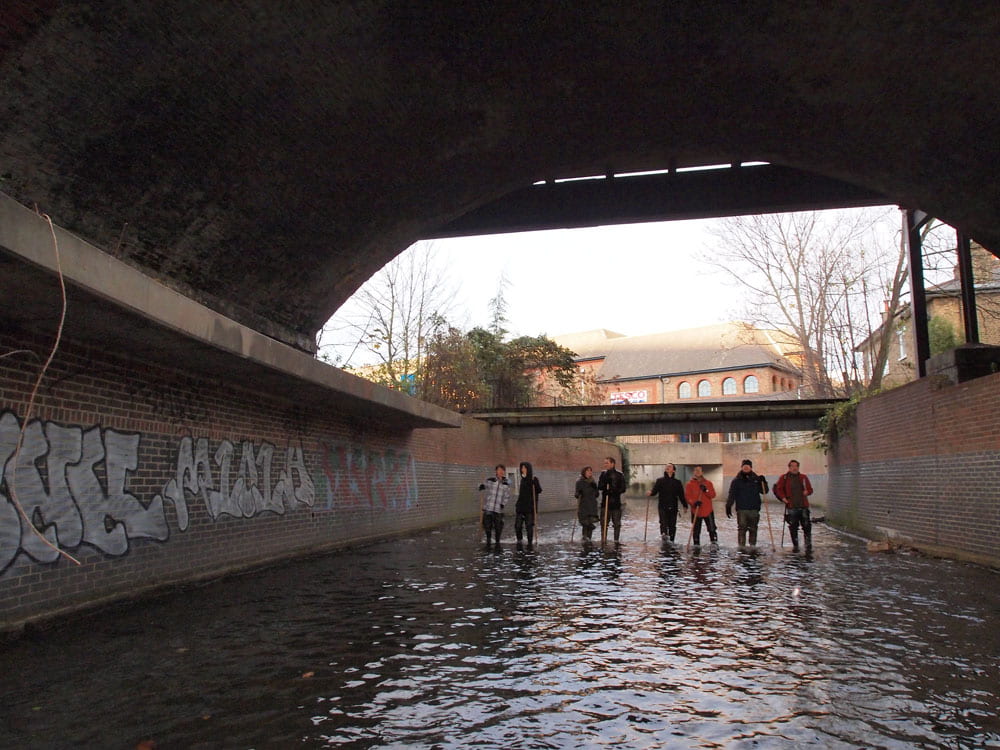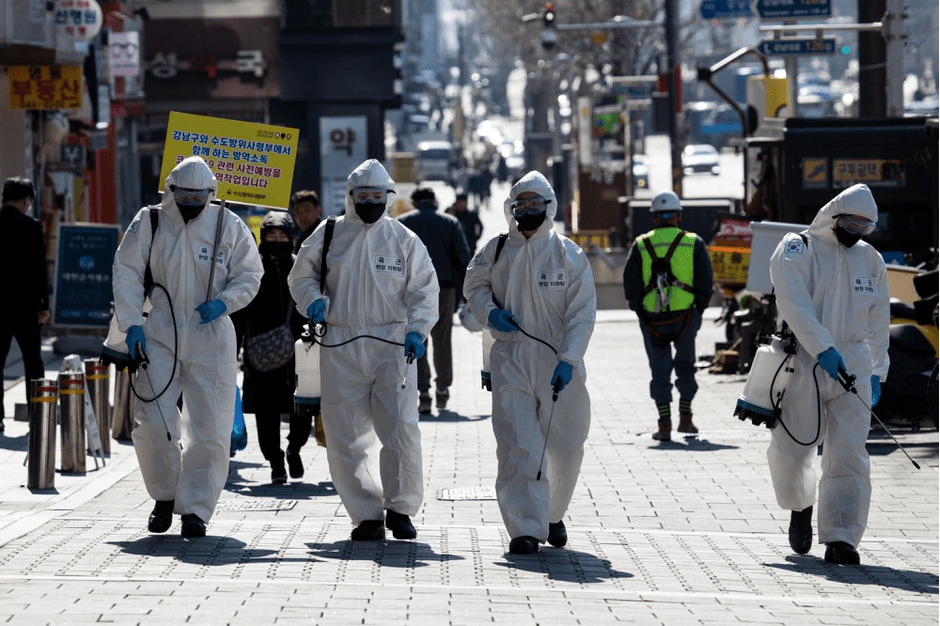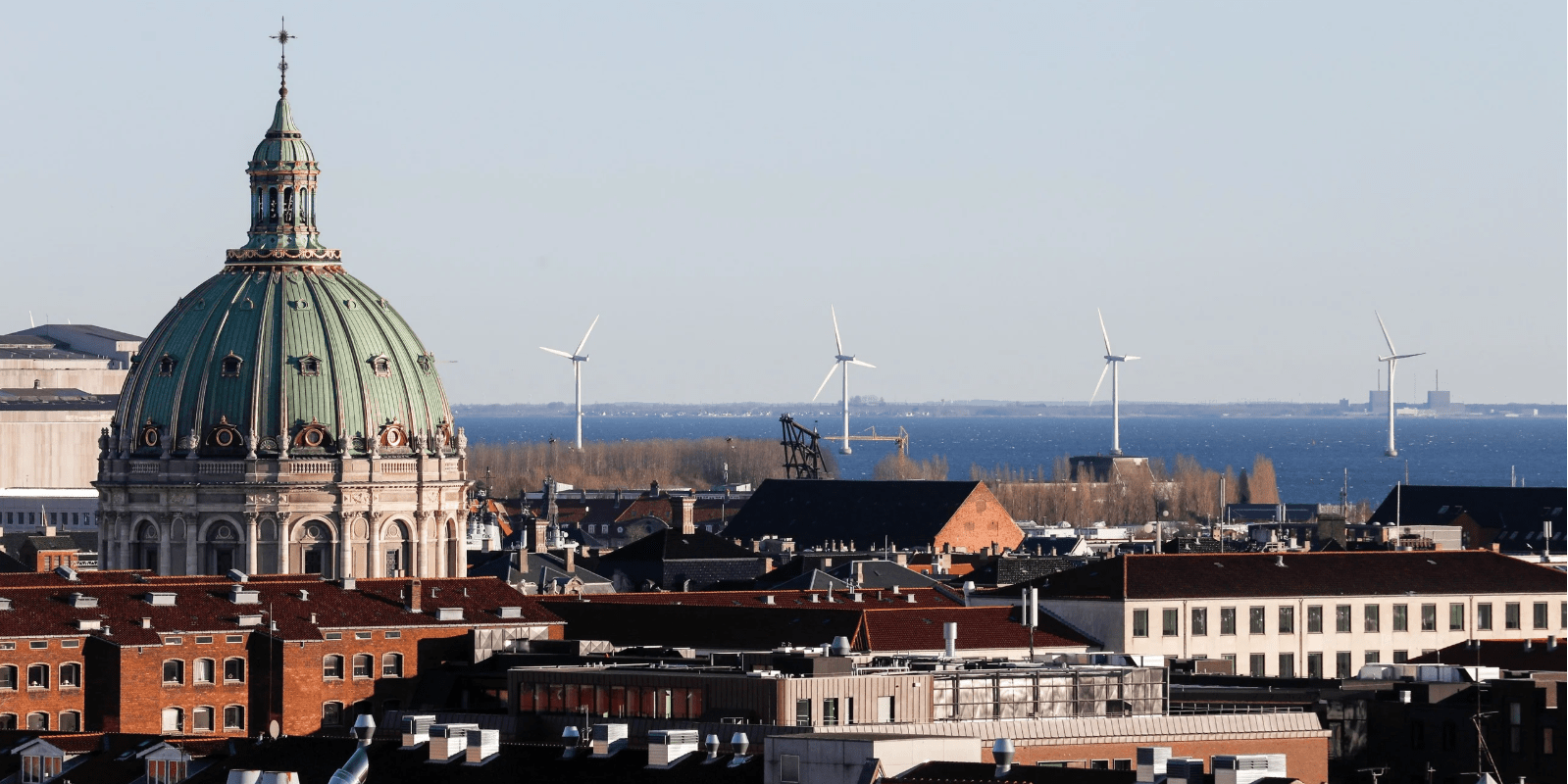Each Friday, the Wagner Planner editorial board will publish a news roundup of recent planning news. Topics range the gamut of urban planning concentrations, but will mostly be at the discretion of the editors.
Brendan’s Picks
Parking Study: Scooter Scofflaws Far Outnumbered by Car Scofflaws

The Right to the City: Planners’ Role in Creating Affordable and Inclusive Communities

Airlines Are Flying Empty ‘Ghost Flights’ Amid Coronavirus Fears
“As coronavirus infections rise around the globe, demand for air travel is projected to hits its lowest point since the last financial crisis. Airlines around the world could lose up to $113 billion in revenue this year if COVID-19 continues to spread, the International Air Transport Association forecast on Thursday.” (CityLab)

Mayelly’s Picks
Restoring Our Hidden Rivers: Revisiting Urban Waterways with New Eyes
“Many of our world’s modern urban rivers are hidden, a place apart. They are forgotten spaces and, given their anonymity, they sometimes coexist unknown and protected. More commonly, they are abused, polluted, and compromised due to a lack of love and stewardship. Often, they hide in pipes under parking lots, streets, and highways” (Nonprofit Quarterly)

Pandemics Are Also an Urban Planning Problem
“Disease shapes cities. Some of the most iconic developments in urban planning and management, such as London’s Metropolitan Board of Works and mid-19th century sanitation systems, developed in response to public health crises such as cholera outbreaks. Now COVID-19 is joining a long list of infectious diseases, like the Spanish flu of 1918 in New York and Mexico City or the Ebola Virus Disease in West Africa in 2014, likely to leave enduring marks on urban spaces.” (CityLab)

How Urban Planners Are Reacting to Climate Change
“From a design perspective, cities are in a unique position when it comes to climate change. Among the largest sources of emissions globally, they are also highly vulnerable to its consequences. According to one report, 70% of cities worldwide are already dealing with the effects of climate change, and nearly all cities face some kind of risk. But they are also potentially powerful agents of change. Policy at the national level has moved painfully slow in most countries, but urban areas have the authority to make meaningful changes in land use and zoning, transportation, green space, and energy policy.” (Architectural Digest)
